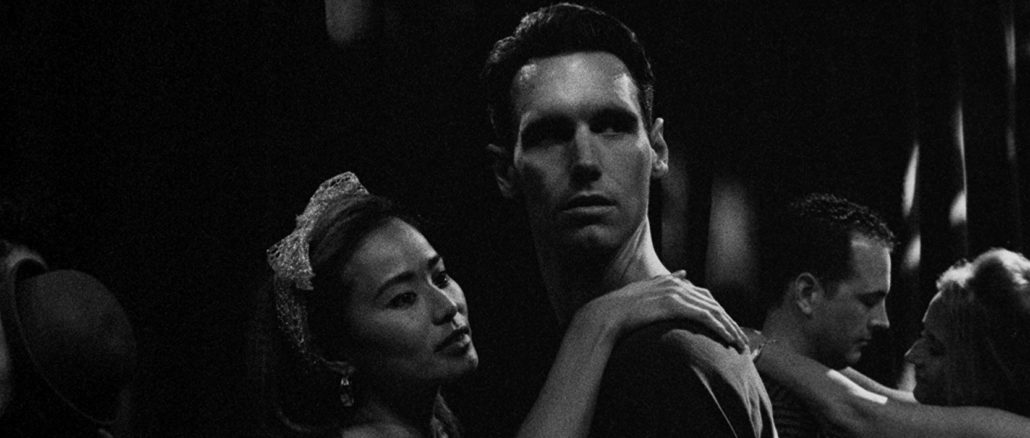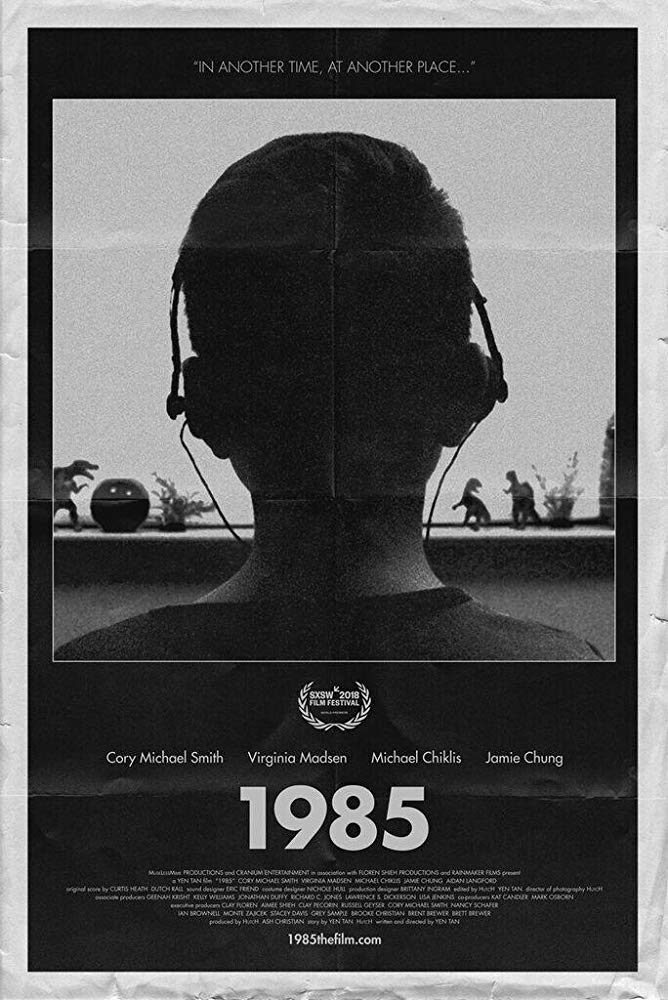
I remember the eighties well, we lived through one of the most predominant fear related topics of our time, the acquired immunodeficiency syndrome (AIDS) epidemic. It had a substantial impact on the health and economy in countries all around the world.
The first AIDS cases were reported in June 1981, when President Ronald Reagan held office in the USA. The number of cases and deaths from this disease increased rapidly and peaked in the early 1990’s.
Male-to-male sex has been the most common mode of exposure among persons reported with AIDS (46%), followed by injection drug use (25%) and heterosexual contact (11%). The incidence of AIDS increased rapidly in all three of these risk categories through the mid-1990s; however, since 1996, declines in new AIDS cases have been higher among MSM (men who have sex with men) and injection drug users than among persons exposed through heterosexual contact.
Nearly all transmissions of the human immunodeficiency virus (HIV), through transfusion of blood or blood products, occurred before screening of the blood supply for HIV antibody was initiated in 1985. The number of persons reported with AIDS who were exposed through blood transfusions declined sharply by December 1999.
Political, financial and social barriers often kept the most effective prevention and treatment strategies from reaching those at higher risk and the associated stigma caused irreparable damage within many families.
Fortunately, in the 21st century we have come a long way but it remains to be a global epidemic that should not be neglected.
Needless to say the recent screening of “1985”, written by Yen Tan & Leslie “Hutch” Hutchinson, directed by Yen Tan, was a painful reminder of what we are up against.
Due for release in Australian cinemas 25th April this year, the movie is in black and white and your first response may be “why so?”. It doesn’t take long to understand its appropriateness as it sets the scene. A wise choice for a theme that gives you a sense of sadness and looming death.
Set in 1985, this emotionally charged, beautifully acted story is about a young man, Adrian Lester, whose character as a closeted advertising executive, superbly portrayed by Cory Michael Smith, decides to go home for Christmas. He has been away for three years and there is a two-way struggle between he and his family to connect.
His parents are conservative evangelist Texans and their love for their older son is estranged. Each member is trying to deal with their individual anguish, and feel alone. It is sad to watch, so much is unspoken. Their emotions were silent and powerful which struck me the most. The story has a complex structure where secrets were held back, but needed to be said.
Adrian begins to reconnect with his preteen brother Andrew played by Aidan Langford, while navigating his relationship with religious parents Eileen (Academy Award Nominee Virginia Madsen) and Dale (Golden Globe Award Winner Michael Chiklis).
He reaches out to his estranged childhood friend Carly (Jamie Chung, “The Gifted”) and reluctantly tells her of his burden and his fears for his beloved younger brother Andrew, when Adrian’s news surfaces.
The film tackles the issue head on. It pays a global tribute to the more than 35 million people who have already lost their lives and to the approximately 44 million people living with HIV. Audiences are given a realistic view on how HIV and the social attitudes surrounding homosexuality affect one man’s choices.
I read where someone so wisely said “If you lived through it (like I did) the film will wrench your heart. I thought black-and-white was a good idea because it certainly was a black era in the US.”
Acknowledgements: Centres for Disease Control and Prevention, CDC gov, HIV and AIDS in the US 1981-2000- Reported by: Surveillance Br, Div of HIV/AIDS Prevention, National Center for HIV, STD, and TB Prevention, www.CDC.gov, www.hiv.gov www.who.org

Ruth Greening holds a Bachelor of Arts degree majoring in Psychology & Philosophy. Before retirement, she worked for over 40 years in the corporate world in Melbourne and Brisbane and progressed into senior management positions and project roles for both private industry and government.
In her 70th decade, she continues in casual roles as a freelance writer, model, and actor participating in small movies, TV commercials and User Generated Content.
As a grandmother, she is known as Nanny Babe to her grandchildren and writes from a Baby Boomer perspective on her blog www.nannybabe.com. An avid crafter Ruth actively participates in sewing, crocheting and knitting.
While she continues to pursue her artistic passions, Ruth is dedicated to maintaining her health and fitness as she ages by attending the gym, dancing and walking and thrives on mentoring others.
Connect with Ruth or our moniker Nanny Babe; nannybabegengp.blogspot.com.au/


Leave a Reply